October 29, 2025
Data Shows Endangered Palau Ground Doves Swiftly Recovering After Successful Palauan Island Conservation Effort
Astounding evidence of recovery on Ulong Island in Palau after just one year!
Published on
March 10, 2017
Written by
Emily Heber
Photo credit
Emily Heber

The widely reported 2012 death of Lonesome George, the last remaining Pinta Giant Tortoise in existence, was a sad loss for conservation biologists. Lonesome George was one of the world’s most famous Galápagos Giant Tortoises and at 100 years old he was one of the oldest alive. George was lived at the Fausto Llerena Breeding Center at the Galápagos National Park Directorate headquarters on Santa Cruz Islands, Galápagos for the last 40 years of his life.
Now, the tortoise has been preserved in New York and returned home to the Galápagos where he will remain in the Symbol of Hope Exhibit Hall, which is open to the public. Lonesome George is a symbol of hope for the conservation of Galápagos Giant Tortoises, which are threatened by invasive rats.
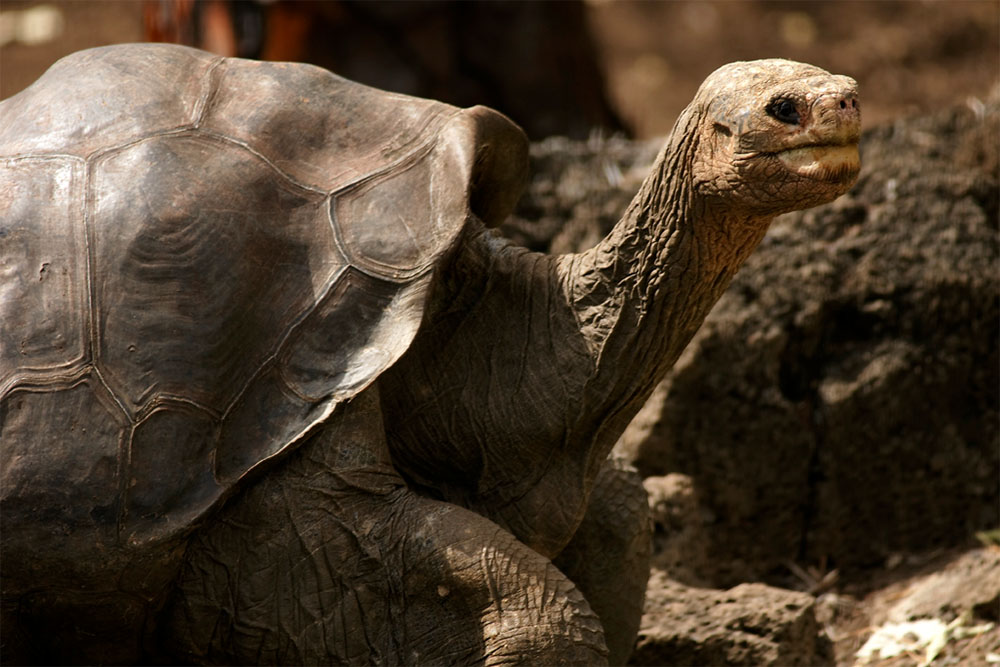
Shortly after the death of Lonesome George, a Tortoise named H-2 was discovered on Isabela Island, and is believed to be descended from a Pinta tortoise that was translocated. H-2, a hybrid of Pinta and another species of Giant Tortoise, could potentially be selectively bred if other Pinta hybrids are found. Conservationists hope selective breeding could bring back the Pinta species.
Perhaps Lonesome George was not the last Tortoise to graze Pinta Island, and could one day be a reminder not of a species lost, but of a species we almost lost.
Featured photo: Lonesome George. Credit: putneymark
Source: Galapagos Conservancy
Check out other journal entries we think you might be interested in.

October 29, 2025
Astounding evidence of recovery on Ulong Island in Palau after just one year!
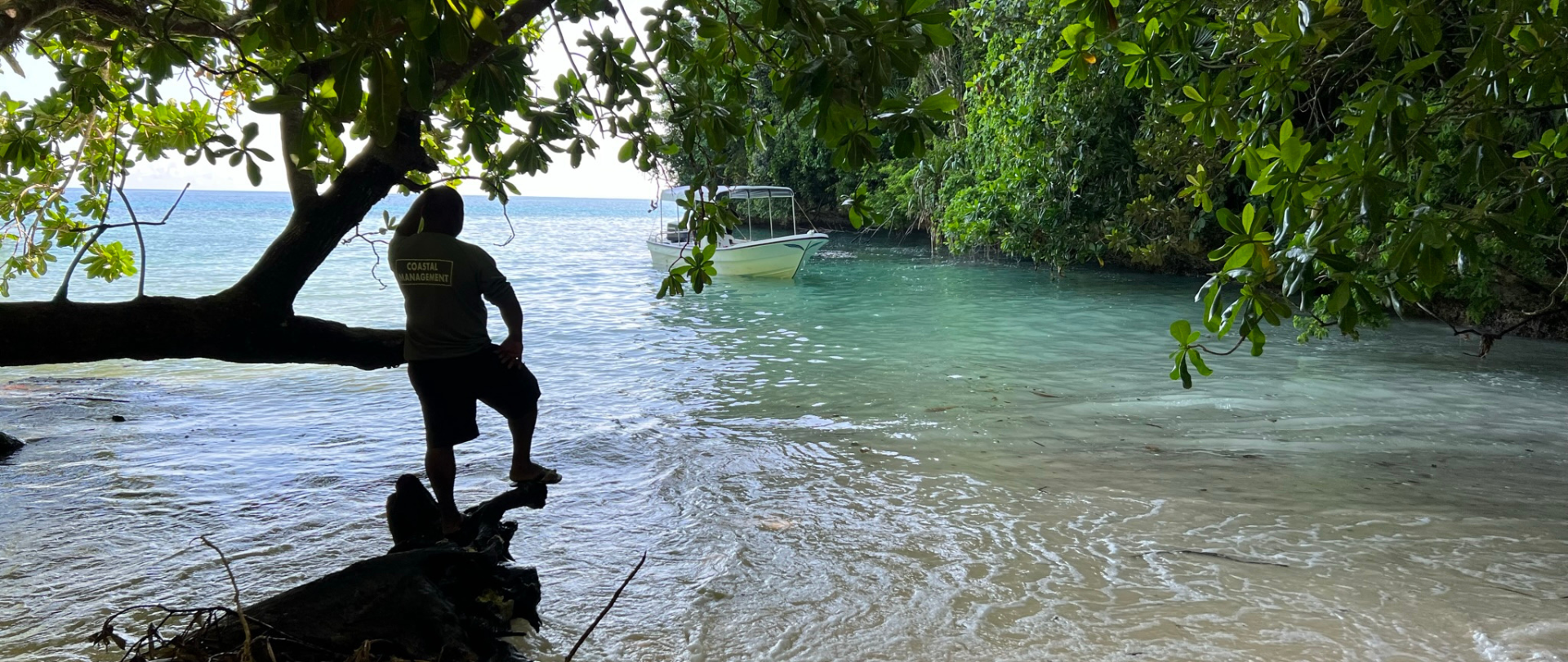
May 19, 2025
Read our position paper on The 3rd United Nations Ocean Conference (UNOC 3) to see why we're attending and what we aim to accomplish!

December 4, 2024
Ann Singeo, founder of our partner organization the Ebiil Society, shares her vision for a thriving Palau and a flourishing world of indigenous science!
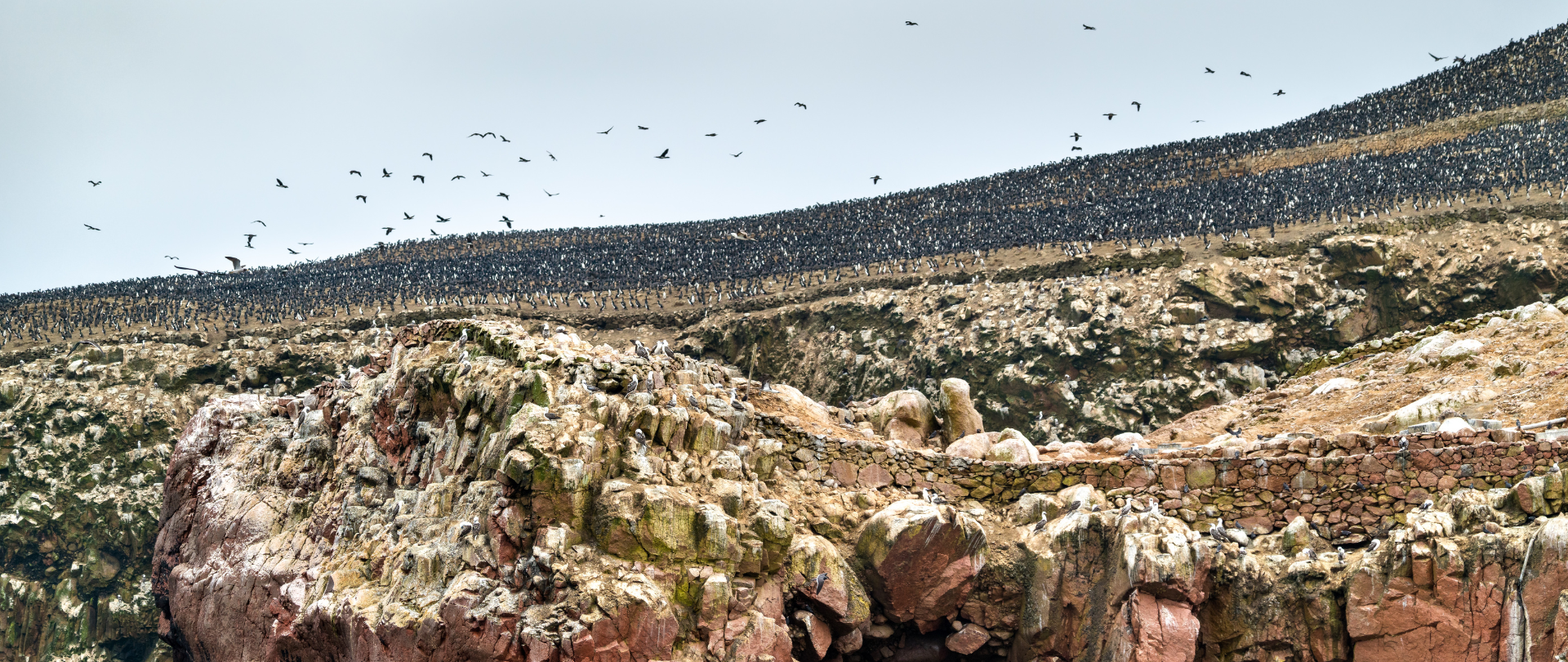
November 22, 2024
This historic agreement aims to protect the marine and coastal areas of the Southeast Pacific.
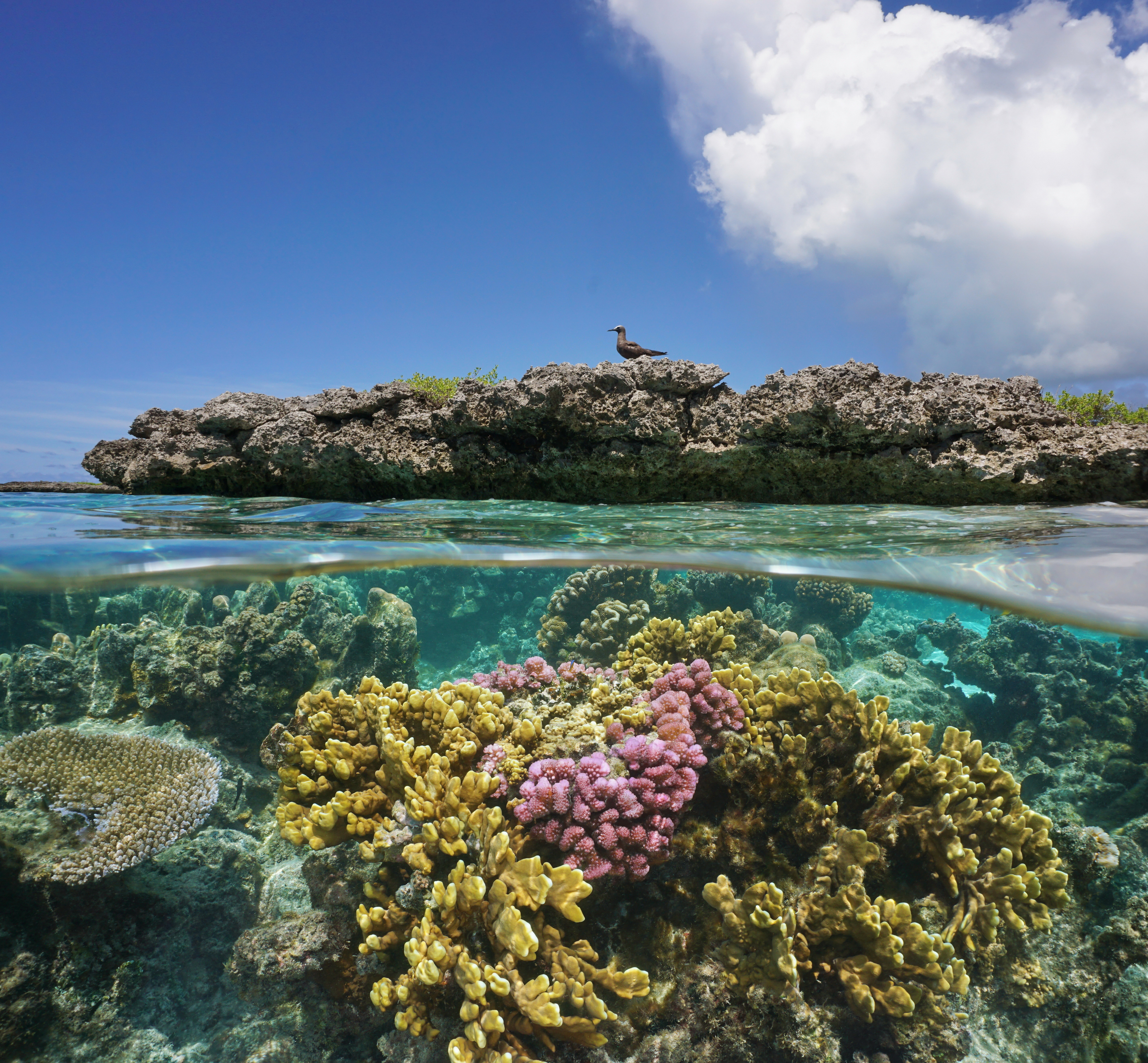
November 18, 2024
Our projects to restore key islets in Nukufetau Atoll forecast climate resilience and community benefits in Tuvalu!
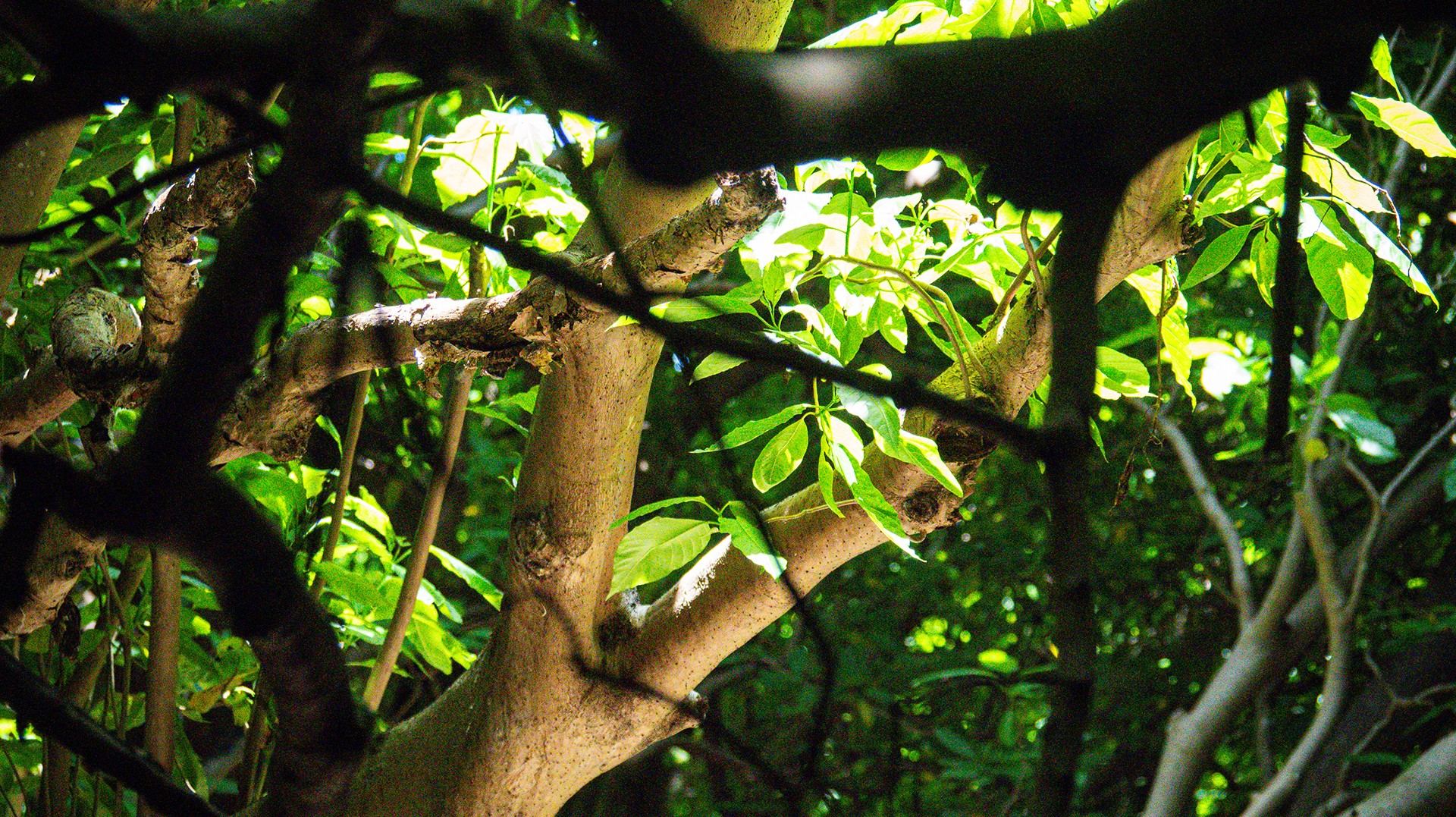
October 3, 2024
Island Conservation and partners have published a new paper quantifying ecosystem resilience on restored islands!

September 10, 2024
Climate Week NYC: what is it and why is it important? Read on to find out why Island Conservation is attending this amazing event!
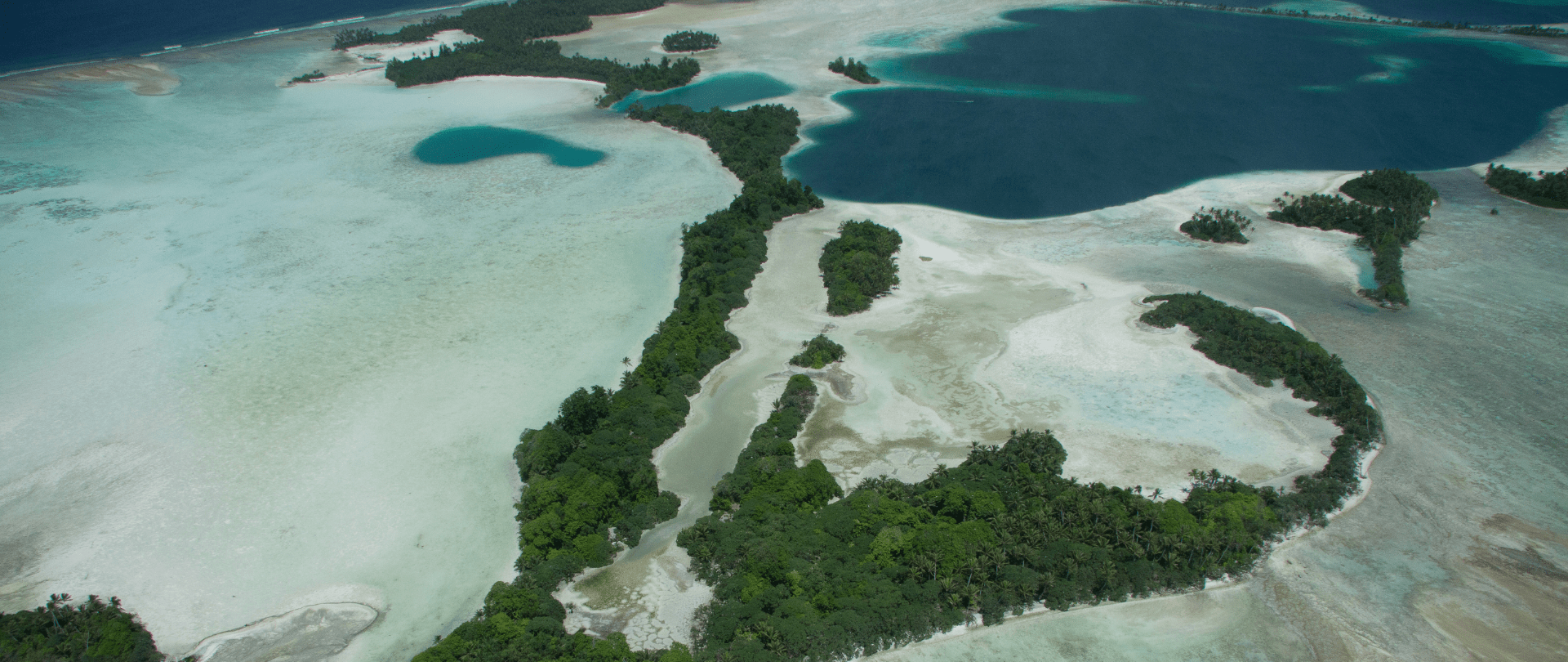
September 5, 2024
With sea levels on the rise, how are the coastlines of islands transforming? Read on to find out how dynamic islands really are!

December 14, 2023
Join us in celebrating the most amazing sights from around the world by checking out these fantastic conservation photos!
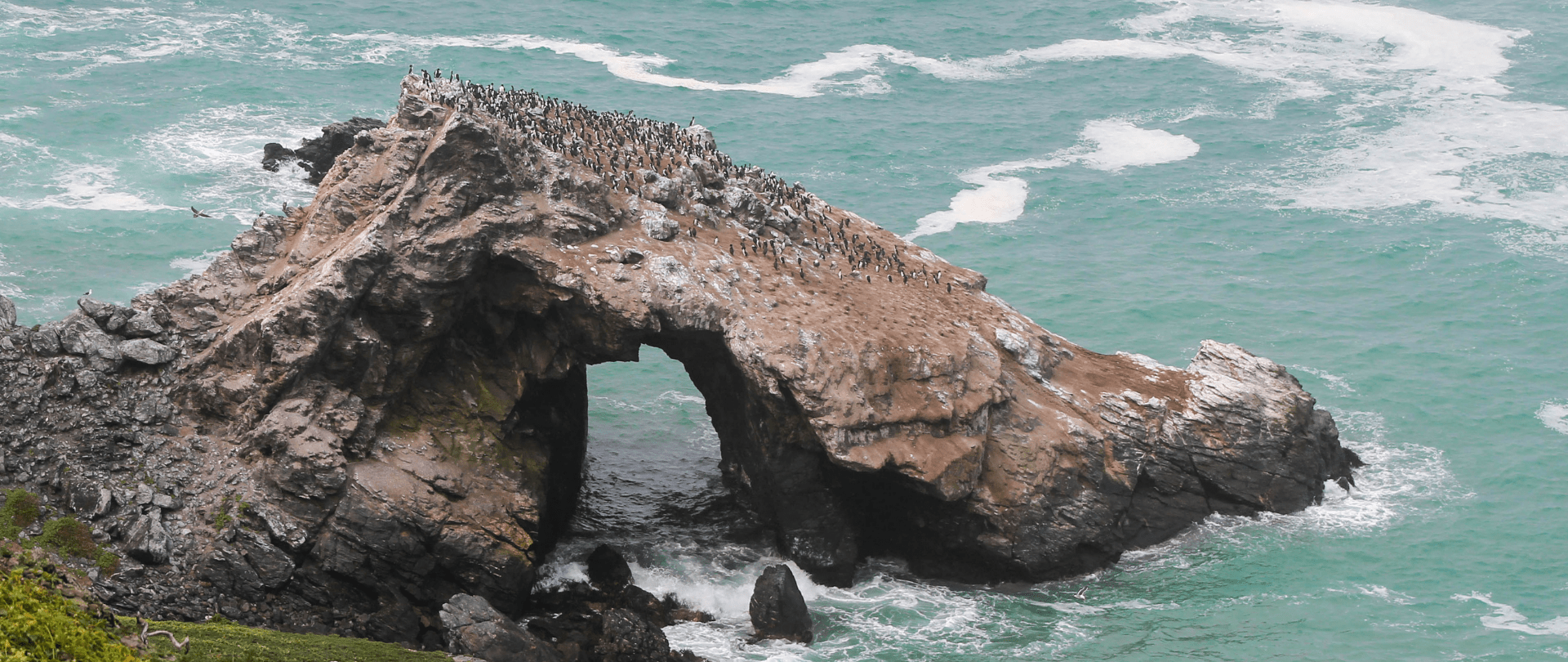
November 28, 2023
Rare will support the effort to restore island-ocean ecosystems by engaging the Coastal 500 network of local leaders in safeguarding biodiversity (Arlington, VA, USA) Today, international conservation organization Rare announced it has joined the Island-Ocean Connection Challenge (IOCC), a global effort to…